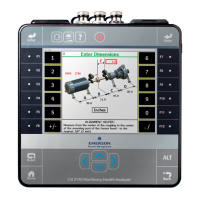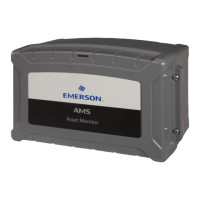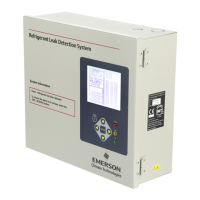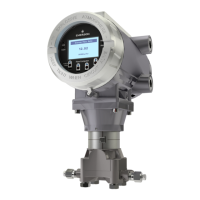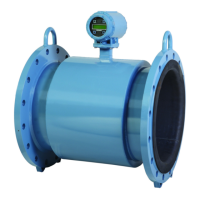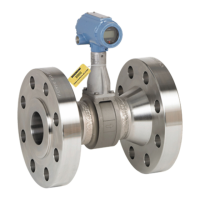10.16.4 Identify the correction planes
You can balance a rotor system exactly in N+2 planes (where N = the number of shaft
criticals below operating speed). Most mechanical systems are designed to operate below
their first shaft critical, so use 0 + 2 = 2 planes. Virtually all systems operate below their
fourth critical, so use 3 + 2 = 5 planes. Sometimes a single shaft has only two balance
planes, which normally allows an acceptable balance compromise, even if not exact.
Consider the following:
• The vendor may supply standard positions, such as balance rings.
• For a uniform rotor operating below the first critical, locate a single plane anywhere
for an adequate balance.
• If the rotor operates above the first critical and you use two-plane balancing, locate
the correction planes 25 percent of the distance between bearings.
• For non-uniform rotors, apply the correction weights first to the planes with the
greatest mass moments of inertia.
• Do not add correction weights at any location that affects the rotor stiffness or
modifies the aerodynamics or flow of the system.
10.16.5 Troubleshooting balancing
When field balancing does not give the desired results, it may be due to measurement
errors, weigh placement errors, vibration caused by something other than imbalance, or
lack of understanding of rotor dynamics of system.
If any of the following items occur during the balance procedure, you may not be able to
balance the equipment.
Issue Potential solution
Tachometer readings are
unsteady.
Possible causes:
• Poor speed control of the driving unit.
• Process-related changes, such as fluctuating load.
• A faulty speed reference, such as a poorly aligned photo tach.
• A magnetic pickup placed too far from the shaft.
Because the imbalance force varies with speed, the calculated
influence coefficients may be inaccurate. It is impossible to separate
force changes due to weight placement from those due to speed.
Trial run weights do not
produce at least a 30
percent change in the
imbalance vector for at least
one measurement location.
Use a heavier trial weight or different trial weight location to
increase the percentage change. Changes less than 30 percent can
cause incorrect correction weight calculations.
1xRPM magnitude and
phase do not average to the
same value after repeated
attempts, even with long
averaging times (several
minutes).
Get a synchronous average of the peak or acquire a high resolution
spectra to confirm the peak is 1xRPM. If the readings are not
consistent and repeatable, the calculated balance correction is
invalid.
Loose parts may cause this issue.
Balance
MHM-97432 Rev 7 359
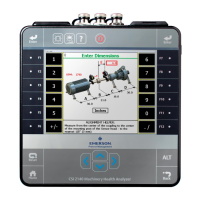
